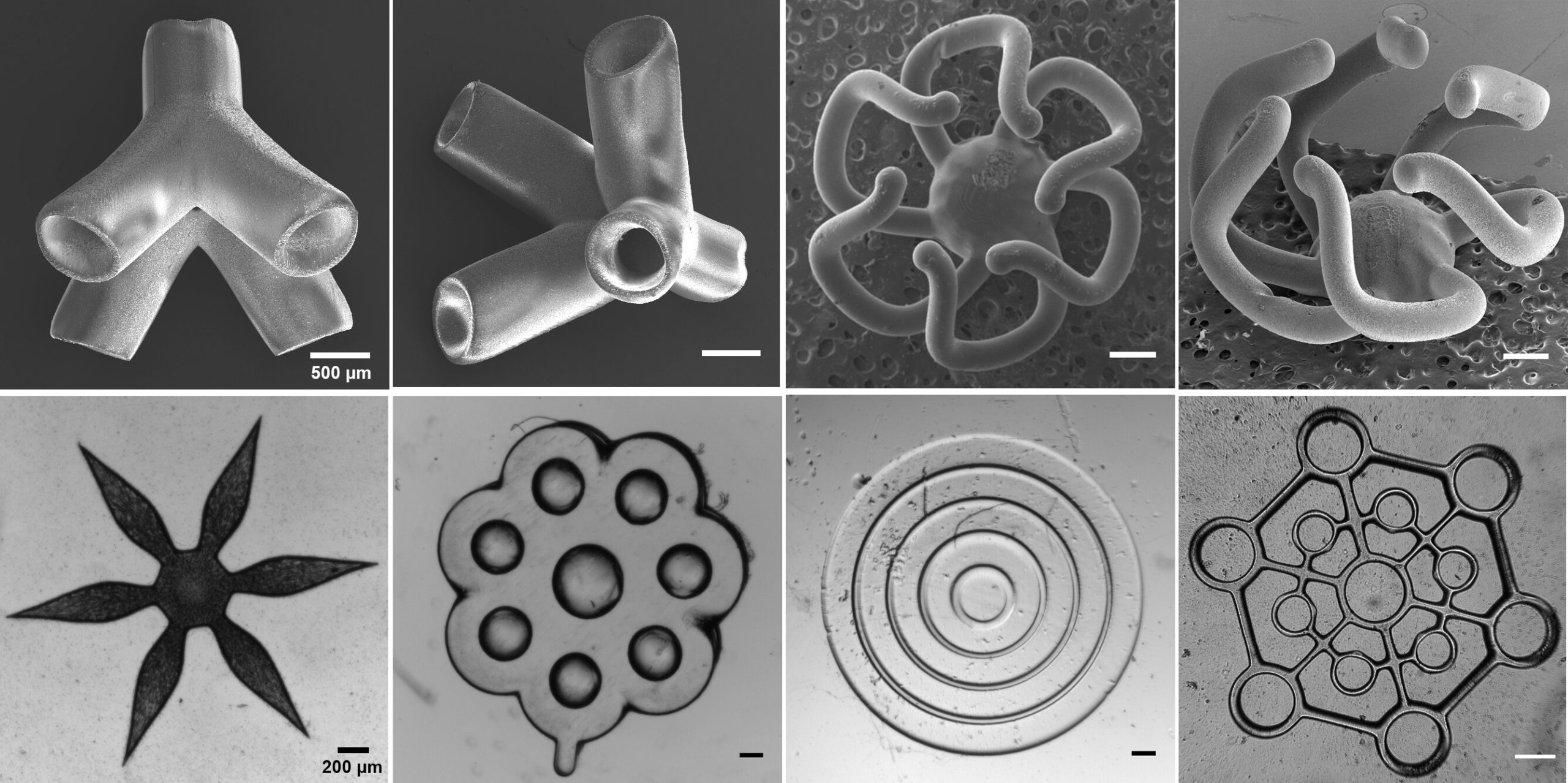Nanoengineers from the University of California at San Diego have developed high-performance technology
For pharmaceutical companies, the development processa new drug could take up to 15 years and cost $ 2.6 billion. First you need to sort through tens of thousands of tubes. Next, successful candidates are tested on animals. Eventually, with luck, one of these candidates will enter the market as an FDA-approved drug.

High-performance 3D bioprinting technology,developed at the University of California, San Diego, may speed up the first steps of this process. This will allow the rapid creation of large quantities of human tissue on which drugs can be tested and candidates can be screened out.
Our technology allows you to create fabrics withhigh throughput and accuracy. It can really help the pharmaceutical industry quickly identify and focus on the most promising drugs.
Shaochen Chen, professor of nanoengineering at the School of Engineering at the University of California, San Diego
The researchers note that while their technology cannot rule out animal testing, it can minimize disruptions that occur during this phase.
Read more:
The animal came to life after 24 thousand years of hibernation in the Siberian permafrost
Physicists explain why it is impossible to find dark matter: it is in another dimension
New iOS 15: release date, iPhone design and features. We tell everything that is known